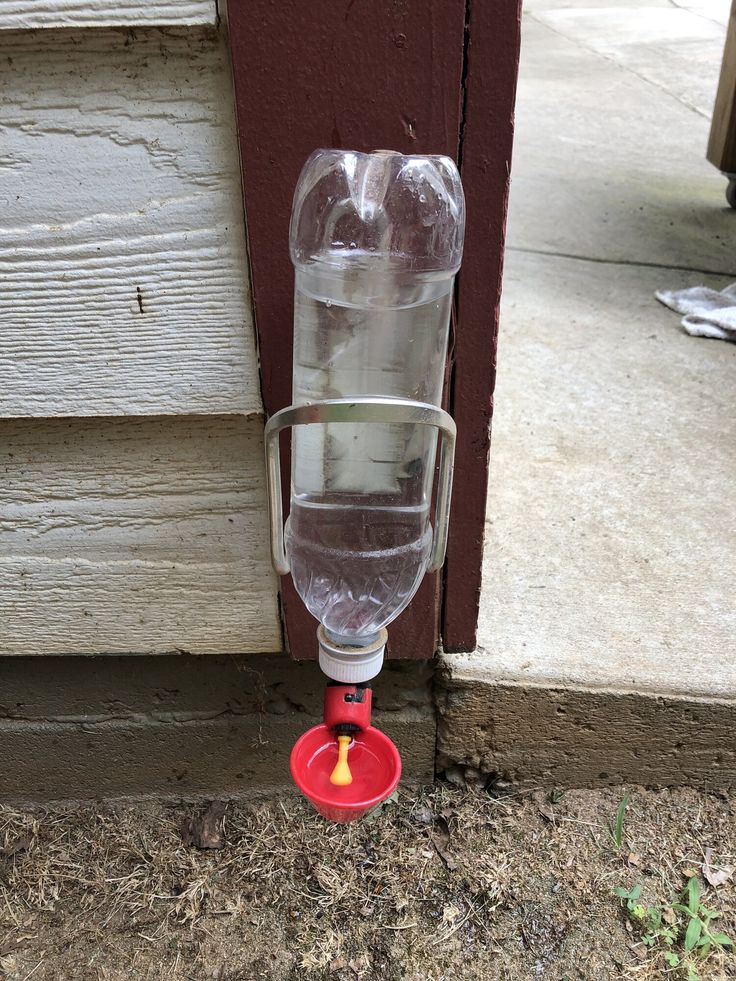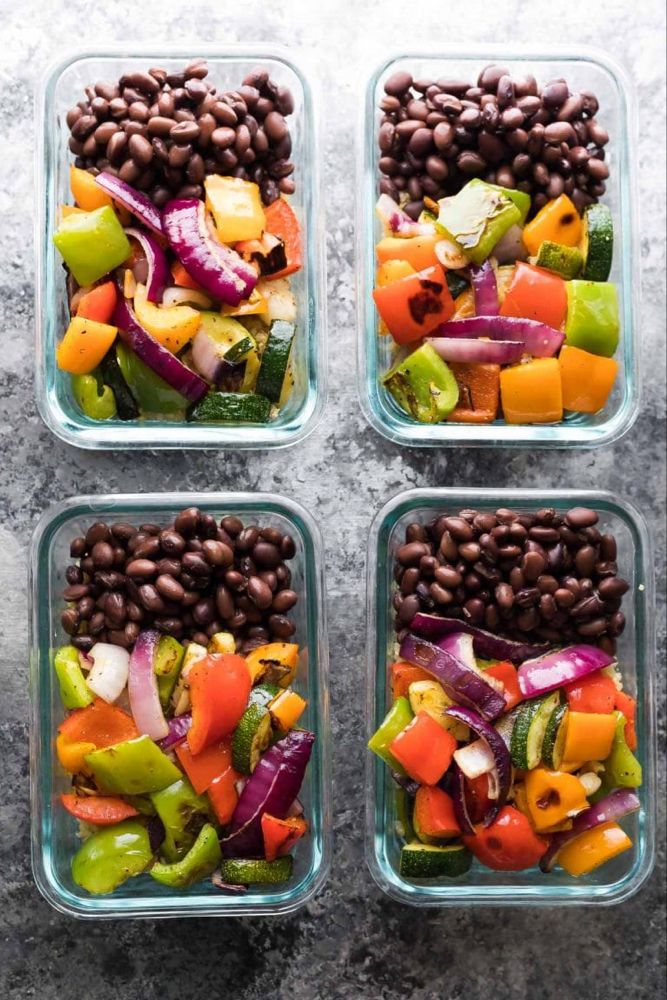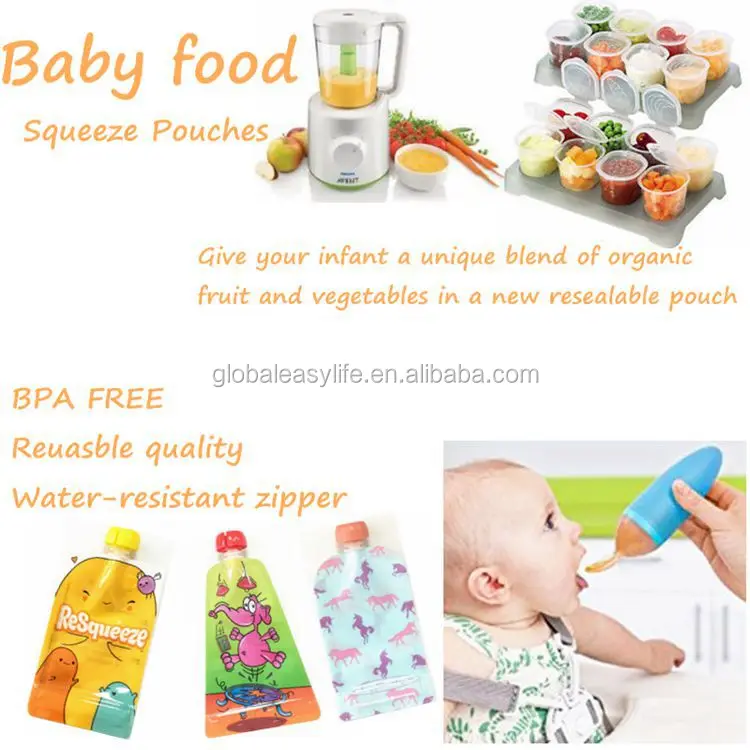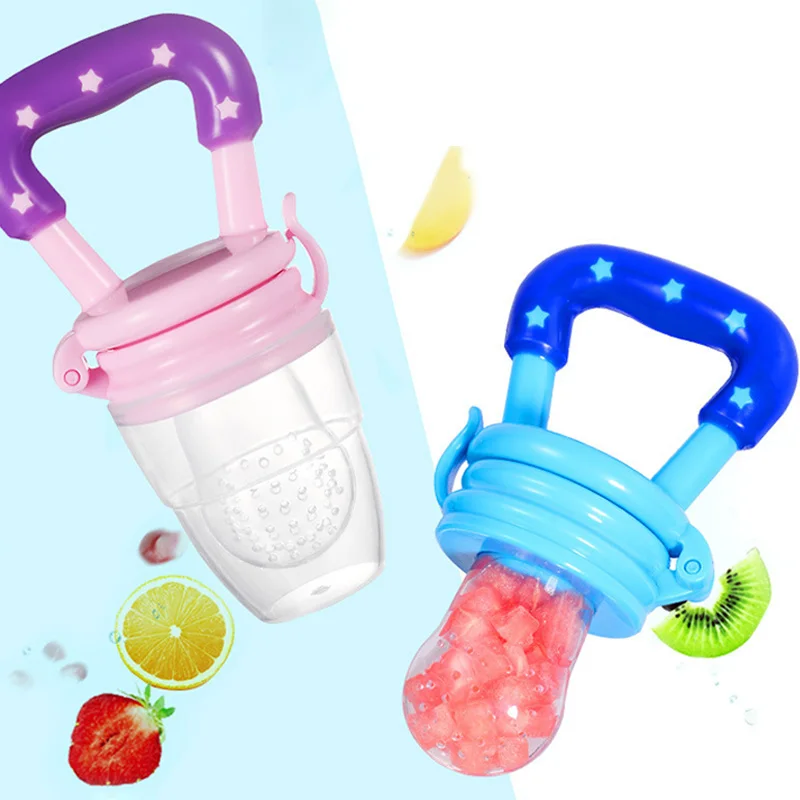Is it safe to feed baby with bottle
Bottle-feeding babies: giving the bottle
About bottle-feeding
If your baby can’t always feed directly from your breast, you might choose to bottle-feed with expressed breastmilk. Or you might need to feed your baby infant formula, which is the only safe alternative to breastmilk.
Before you bottle-feed your baby, it’s important to know how to clean and sterilise bottle-feeding equipment, as well as how to prepare, store and warm bottles of formula. This will help to keep your baby safe from infection and make sure baby is getting the right nutrition.
Getting the right flow when bottle-feeding
To test the flow of the formula or breastmilk, hold the bottle upside down when it’s filled with liquid at room temperature. The liquid should drip steadily from the teat but not pour out.
If you have to shake the bottle vigorously to see the drip, the flow is too slow. Your baby might go to sleep before drinking what they need.
When you feed your baby, you might see a little leakage at the corners of your baby’s mouth. This doesn’t mean the flow is too fast. It’s nothing to worry about. It will stop as your baby gets older.
If you have trouble finding a teat with a flow to suit your baby, try a faster teat rather than a slower one. You might need to try a few different teats before you find one that suits.
Giving baby the bottle
Make yourself comfortable and cuddle your baby close to you, holding baby gently but firmly. It’s better for your baby to be on a slight incline so any air bubbles rise to the top, making burping easier.
Put the teat against your baby’s lips. Your baby will open their mouth and start to suck. Keep the neck of the bottle at an angle so it’s filled with formula or breastmilk.
When your baby stops sucking strongly or when about half of the formula or breastmilk has gone, gently remove the bottle and see whether baby wants to burp. Once you’ve tried burping your baby, you can offer the bottle again.
Paced bottle-feeding
Babies who are normally breastfed might find it hard to pace themselves when bottle-feeding, particularly if they’re premature.![]() This is because they’re used to controlling the flow of breastmilk. Sometimes these babies can drink too much too quickly.
This is because they’re used to controlling the flow of breastmilk. Sometimes these babies can drink too much too quickly.
Paced feeding can sometimes help. This involves holding your baby in an upright position and letting them rest every few minutes. If you’re interested in paced bottle-feeding, it’s best to get help from your child and family health nurse or a lactation consultant.
Holding, cuddling and talking to your baby during feeding will help baby develop and grow. It’s also a great opportunity to bond with your baby.
When baby doesn’t finish the bottle or goes to sleep while feeding
Don’t worry if your baby doesn’t finish the bottle. Babies are very good at judging how much they need, so you can let your baby decide when they’ve had enough formula or breastmilk.
If your baby goes to sleep during a feed, put baby over your shoulder, rub their back, and stroke their head, legs and tummy. This can help your baby to wake up. A nappy change is a good way to wake up your baby if that doesn’t work.
Wait until your baby is properly awake before offering the rest of the formula or breastmilk.
If there’s any formula or breastmilk left in the bottle, throw it away after one hour. When your baby drinks from a bottle of formula or breastmilk, bacteria from their mouth get into the milk. The bacteria can grow and make your baby sick if you give your the baby the half-finished bottle later.
When baby refuses the bottle
Babies sometimes refuse a bottle altogether. Here are things to try if this happens:
- Try a new feeding position or change the feeding environment. For example, move around while you’re feeding, find a quieter place to feed, or play some relaxing background music.
- Try again later when your baby is more settled. For example, give your baby a bath and then try again.
- Ask your partner or another family member to give your baby the bottle.
- Try using a different teat. If the flow of formula or breastmilk is too slow, it might frustrate your baby.
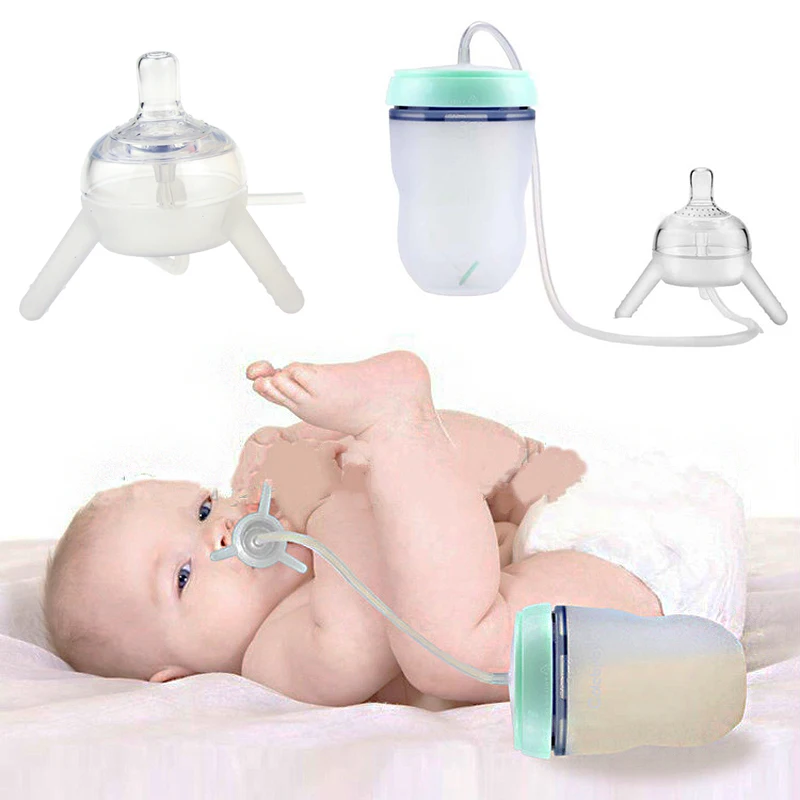
- Let your baby open their mouth for the bottle when they’re ready, rather than putting the teat into their mouth.
- Offer the formula or breastmilk from a small cup or spoon. To do this, sit your baby up and offer them small sips.
If your baby is regularly refusing the bottle, you could try adjusting your routine.
If you think your baby is refusing the bottle because they’re unwell, treat your baby’s symptoms or take your baby to see your GP.
How much do bottle-feeding babies drink?
Newborn babies commonly have 6-8 feeds every 24 hours, but there’s no set amount of food or number of feeds your baby should have. Different babies drink different amounts of formula or breastmilk. Some might have feeds close together and others further apart. And it can change from day to day.
Just feed your baby whenever they’re hungry. You’ll see baby cues that say ‘I’m hungry’ – for example, your baby will make sucking noises or start turning towards the breast or bottle.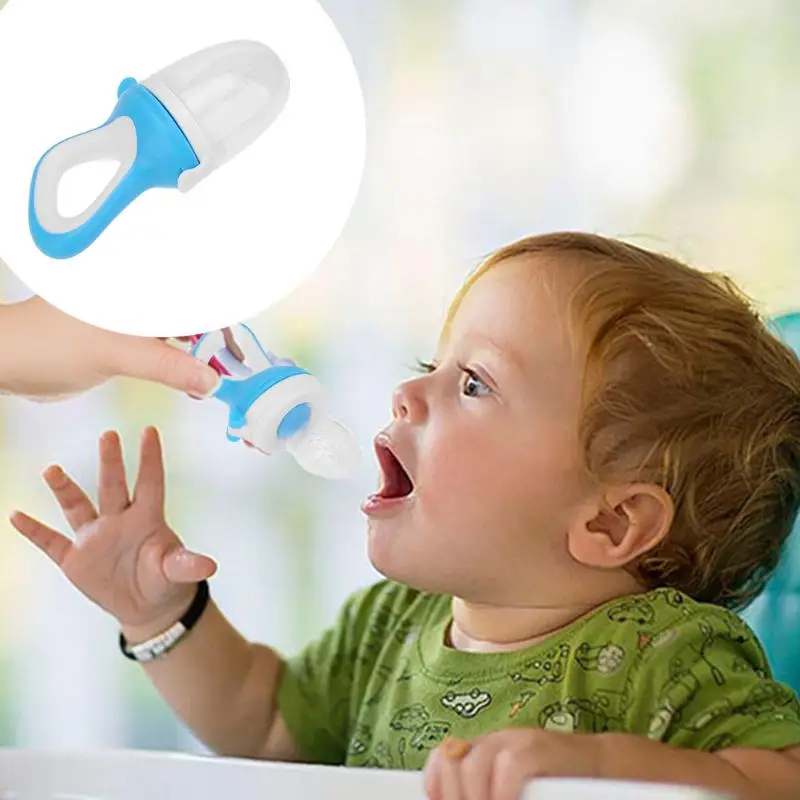 If your baby stops sucking or turns their head away from the bottle, you’ll know they’ve had enough.
If your baby stops sucking or turns their head away from the bottle, you’ll know they’ve had enough.
As your baby eats more and more solid food, the total amount of breastmilk or formula they take in a day will decrease. The amount of breastmilk or formula will also decrease as your baby starts to drink from a cup instead of a bottle.
Some babies never drink the ‘recommended amount’ for their age and size, and others need more. Plenty of wet nappies, consistent healthy weight gains, and a thriving, active baby mean all is well. If you’re concerned about how much breastmilk or formula your baby is taking, talk to your child and family health nurse or GP.
Bottle-feeding in bed: issues and risks
Sleep associations
If your baby gets used to falling asleep with a bottle in bed, they might depend on it to get to sleep. This can make it more difficult for your child to fall asleep or settle for sleep independently.
Bottle-feeding in bed also has several risks for your baby.
Choking
Babies who fall asleep while bottle-feeding can draw liquid into their lungs. They might then choke on it or inhale it.
Tooth decay
Babies have less saliva in their mouths to protect their teeth during sleep. If your baby falls asleep with a bottle, the lactose in the milk can build up on your baby’s teeth, putting your baby at risk of tooth decay.
Ear infections
If your baby drinks while lying flat, milk can flow into the ear cavity, which can cause ear infections.
It’s best to put your baby to bed without a bottle or to take the bottle away after your baby has finished feeding.
Using a feeding cup
When your baby is around 6 months old, you can help your baby start leaning to drink from a cup. It’s best to stop using bottles by the time your baby is 12 months old.
You should continue to thoroughly wash and sterilise feeding cups containing infant formula or breastmilk until your baby is 12 months old.
Bottle feeding safety tips fact sheet
If bottle feeding your baby breastmilk or formula, holding your baby close during feeding builds a close, loving bond between you. Your baby can feel, smell and see you and this is when a strong attachment can develop.
Bottle feeding gives you freedom to express breastmilk if you are working or away from your baby.
Safety is paramount; here are some handy care tips:
- Before feeding your baby, check the temperature of the feed by letting a little breastmilk or formula drop onto the side of your wrist. It should feel just warm, but cool is better than too hot.
- Never microwave breastmilk – this heats bottles unevenly, which can scald your baby or damage the milk. Stand the bottle of breastmilk in a container of warm water for a few minutes (no more than ten).
- Discard any warmed breastmilk that has not been offered to your baby and/or formula which has been consumed within one hour. Do not reheat half-empty bottles.

- All teats and bottles should be cleaned well with a bottle/teat brush and sterilised correctly, using boiling or steaming methods or cold sterilisation, until your baby is 12 months. Teats need to be checked and replaced regularly.
- Transport bottle feeds in an insulated bag with ice bricks and use within two hours. Place the feeds in the refrigerator at the destination and use within 24 hours of the time of preparation.
How to feed with a bottle
- Seat yourself comfortably and hold your baby in your arms while giving the bottle. Hold the bottle tilted, with the neck and teat filled with breastmilk or formula. If your baby does not firmly grip the teat, gently press under their chin with your middle finger and slightly withdraw the teat to encourage sucking. This method will help to prevent your baby from swallowing air, which can cause wind pain.
- Check the bottle flow. When the bottle is upside down, the milk should drop at a steady flow from the teat.
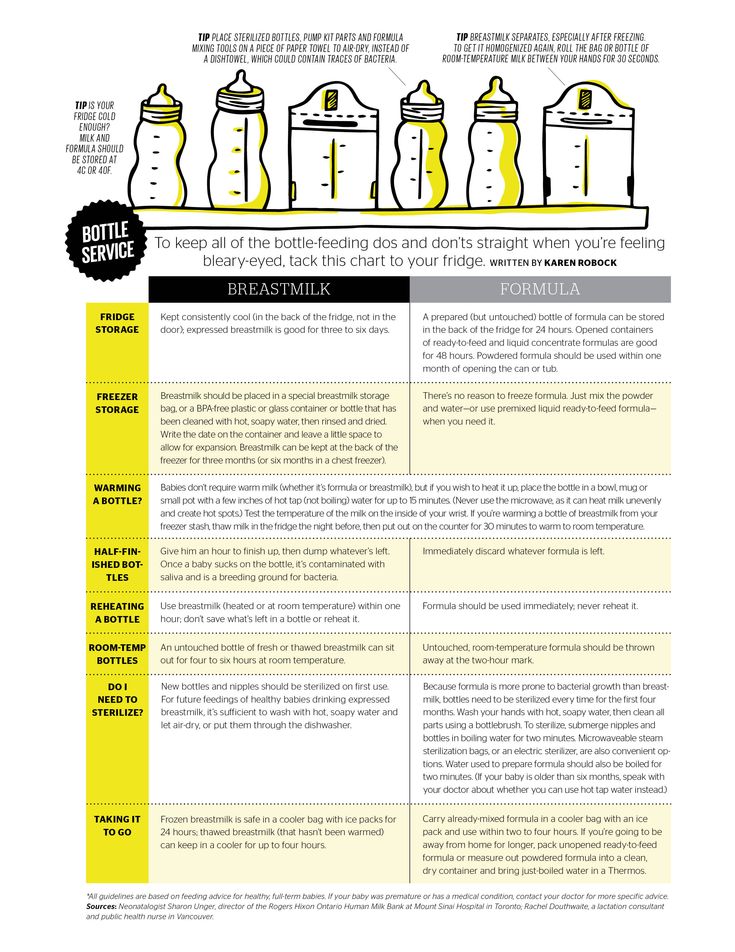 Sometimes the teat gets clogged when a powdered formula is used. Check teats often.
Sometimes the teat gets clogged when a powdered formula is used. Check teats often.
Even when fed properly, a baby swallows some air. Hold your baby upright over your shoulder or upright on your lap with your hand supporting under their chin. Pat or rub the middle of their back gently until they burp. If the baby is feeding happily, don’t stop until they are ready! Watch for signs that your baby has had enough.
The dangers of prop feeding or bottle propping
Prop feeding is when a baby’s bottle is propped against a pillow, rolled-up blanket or other support, rather than a carer holding their baby and a bottle for each feed.
This is dangerous for your baby and increases their risk of:
Choking: When being prop fed, your baby can’t control the flow of milk and the bottle will continue to flow even if your baby isn’t ready to swallow. Choking can be ‘silent’ and if you aren’t near your baby, you might not notice it.
Aspiration: This is when food or drink goes into the lungs (instead of the stomach).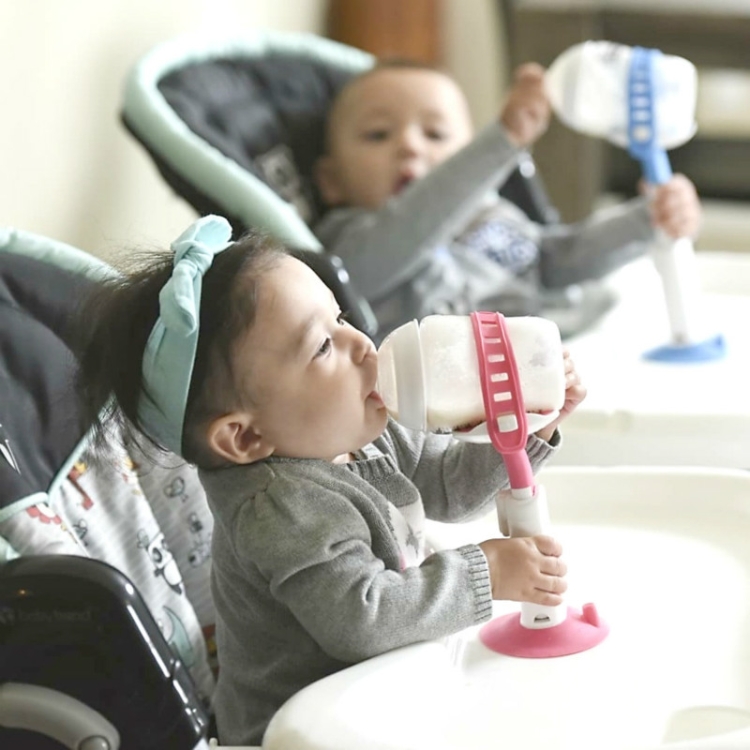 This can make babies unwell and lead to chest infections and hospitalisation. Babies are more at risk of aspiration when fed lying flat on their back (instead of upright). If you have left your baby by themselves to prop feed, you won’t necessarily notice that they have choked on the milk.
This can make babies unwell and lead to chest infections and hospitalisation. Babies are more at risk of aspiration when fed lying flat on their back (instead of upright). If you have left your baby by themselves to prop feed, you won’t necessarily notice that they have choked on the milk.
Suffocation: Using pillows, rolled up blankets or soft toys to support the bottle increases your baby’s suffocation risk because these items can fall over your baby’s face and smother them. At all times when your baby is in their cot, you should be following safe sleeping guidelines which include keeping your baby’s head and face uncovered and ensuring there are no pillows, toys, cot bumpers or doonas in the cot (https://rednose.com.au/resources/education).
Ear infections: If your baby is bottle-fed lying flat on their back, they are more prone to ear infections. This is because milk and bacteria can pool at the back of their mouth and enter the ear via the eustachian tubes.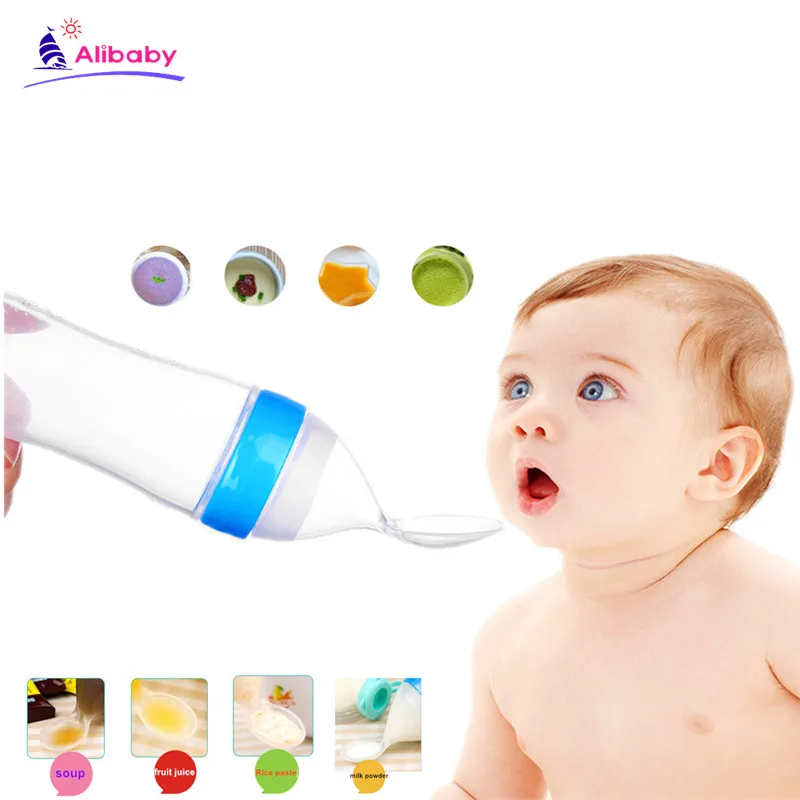 Holding your baby in an upright position during feeds reduces this risk.
Holding your baby in an upright position during feeds reduces this risk.
Tooth decay: Bottle propping can lead to tooth decay as milk can stay in your baby’s mouth and combine with the saliva in your baby’s mouth to create acid which damages their teeth.
Over feeding: If your baby can’t push the bottle out of their mouth then they have to drink all of the milk even if they don’t want it. This can lead to increased risk of obesity and can cause them to vomit and/or choke on their vomit. Babies show cues which can help you to work out if they have had enough to drink, such as stopping sucking and letting the teat fall out of their mouth. If you are not holding your baby for a feed, you won’t see these cues.
Under feeding: If the bottle falls out of your baby’s mouth before they have finished drinking it, they won’t be getting the full amount of milk that they need to grow and develop.
Important
You should always supervise your baby to keep them safe.![]() If there is something that you need to do while bottle-feeding your baby, it is much safer to stop the feed and go back to it afterwards then to leave the bottle propped in their mouth.
If there is something that you need to do while bottle-feeding your baby, it is much safer to stop the feed and go back to it afterwards then to leave the bottle propped in their mouth.
If you have other children, try to involve them in feeding time by reading a book or telling them a story, asking them to draw a picture or singing some songs. It can be a way to create a special time for everyone.
Contact us
Queensland Children’s Hospital
501 Stanley Street, South Brisbane
t: 07 3068 1111 (general enquiries)
In an emergency, always call 000.
If it’s not an emergency but you have any concerns, contact 13 Health (13 43 2584). Qualified staff will give you advice on who to talk to and how quickly you should do it. You can phone 24 hours a day, seven days a week.
Resource No: FS236. Developed by the Division of Medicine, Queensland Children’s Hospital. Updated: June 2017. All information contained in this sheet has been supplied by qualified professionals as a guideline for care only.![]() Seek medical advice, as appropriate, for concerns regarding your child’s health.
Seek medical advice, as appropriate, for concerns regarding your child’s health.
How to properly bottle feed
Feeding your baby is not only an important process for healthy growth and development, but also a way to establish close emotional contact with the baby and build trusting and loving relationships. The transition from breastfeeding to bottle feeding should be carried out after the mother and the child are fully prepared for this. We are talking about both the moral aspect, and about choosing the right bottle and getting adults the necessary skills so that eating brings only positive emotions and benefits to the baby. In this article, we will talk more about how to properly bottle feed your baby and where to start.
How to prepare your baby for bottle feeding
If this method of feeding is a completely new experience for the baby, or if parents decide to bottle feed their baby from a very young age, slow flow nipples should be preferred. So you protect the child from the possibility of choking while eating. Over time, you can gradually switch to bottles with nipples, which would provide faster and more intense feeding.
Over time, you can gradually switch to bottles with nipples, which would provide faster and more intense feeding.
Feeding bottle selection and daily care
All baby accessories should be kept clean and sterilized regularly and thoroughly.
There are several ways to sterilize dishes:
- select the appropriate mode when using the dishwasher;
- or place the bottle and teat in a vessel of boiling water for 5 minutes.
Before using this method of cleaning the bottle, make sure that the material it is made of can be exposed to high temperatures. Since some types of plastic contain various chemicals in their composition, after sterilization they can become dangerous for their little user. For this reason, experts recommend choosing glass bottles.
The need for thorough cleansing of everything that the baby will touch is caused by the fact that in the first months of life, the child's immune system is just beginning to strengthen.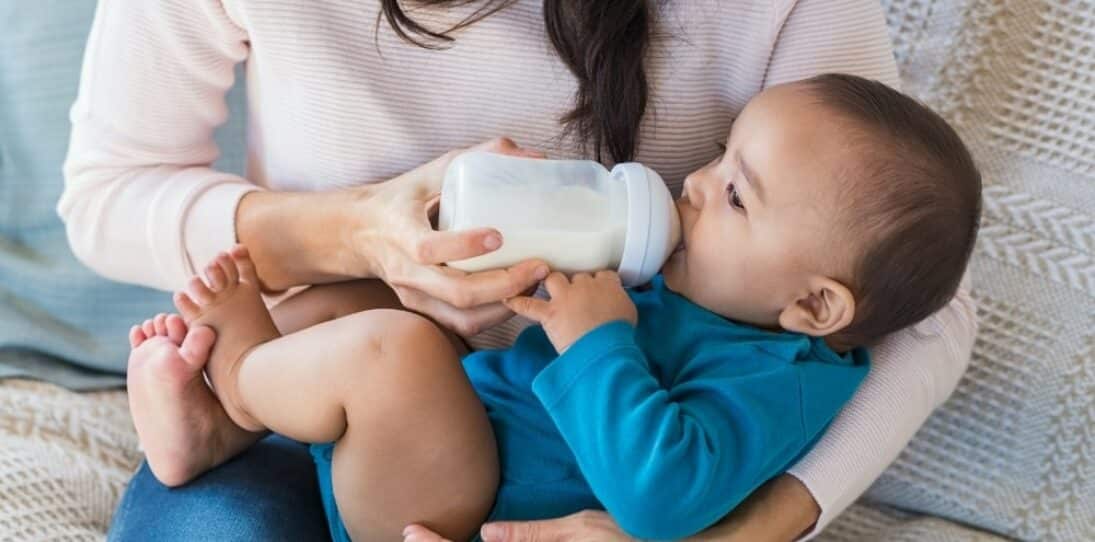 Before sterilizing the teat, it can be cleaned with dishwashing detergent. There are special products for washing children's dishes, without a strong odor and with a safe composition.
Before sterilizing the teat, it can be cleaned with dishwashing detergent. There are special products for washing children's dishes, without a strong odor and with a safe composition.
How to bottle feed your baby
Before starting a meal, mom or dad should wash their hands well with soap and warm running water. Particular attention should be paid to the area between the fingers and under the nails. The hand washing process should take at least 20 seconds. And after carrying out this hygienic procedure, hands should be wiped dry with a paper towel or clean towel.
The next step is to prepare for the meal. If you plan to fill the bottle with formula, then dilute it with water in accordance with the instructions in the instructions. Improper proportions can lead to dehydration or bloating. It should also be remembered that for the preparation of the mixture you need to use only clean drinking water.
Breast milk is the most beneficial for a newborn.![]() Despite this, pediatricians advise breastfeeding babies for as long as possible. Even if the mother is ready to give up breastfeeding, milk can be expressed into a bottle and gradually accustom the baby to the nipple. If, for one reason or another, the mother does not have the opportunity to feed herself, then the only alternative is feeding with a special mixture.
Despite this, pediatricians advise breastfeeding babies for as long as possible. Even if the mother is ready to give up breastfeeding, milk can be expressed into a bottle and gradually accustom the baby to the nipple. If, for one reason or another, the mother does not have the opportunity to feed herself, then the only alternative is feeding with a special mixture.
In the first six months after birth, cow's or goat's milk or its substitute in the form of soy milk should not be included in the baby's diet. Valid options for supporting healthy development of a newborn are breast milk or formula milk only.
What temperature should the bottle filler be? Under no circumstances should the bottle be heated on the stove or in the microwave. If the temperature of the bottle and its filling exceed 37°C, the baby may be burned. It is recommended to use special bottle warmers. If this is not possible, then use the following method:
- put a saucepan on the stove with a little water;
- bring the water to a boil, then remove the pan from the heat;
- place a bottle of milk in a vessel and heat it up to 37◦С;
- check the temperature with a pre-cleaned thermometer or a special device for measuring the temperature of foodstuffs.
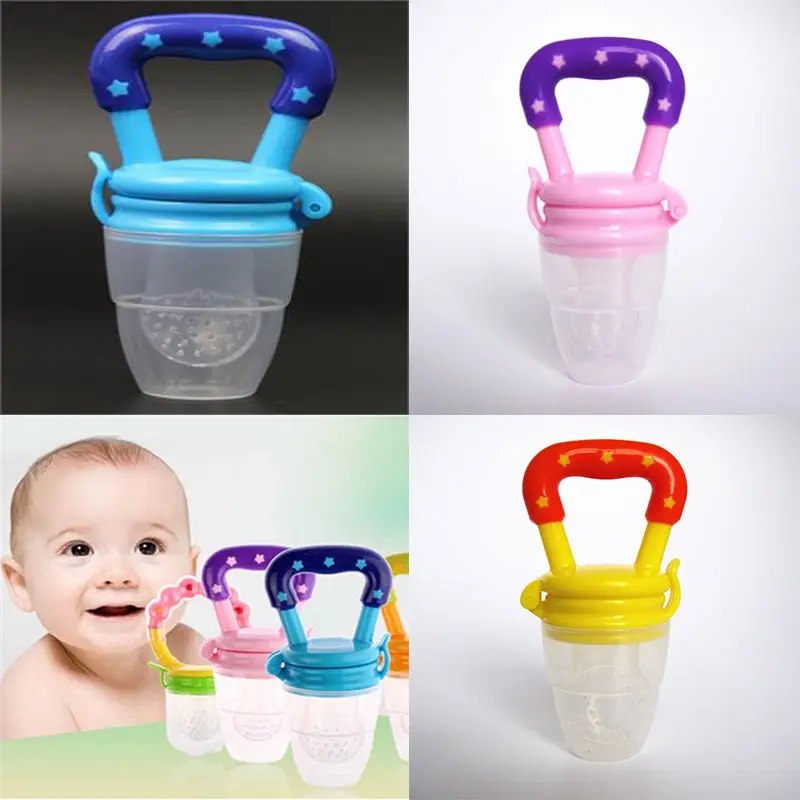
You can also check the temperature of the ready-to-use bottle as follows:
- turn the bottle over;
- drip several times into your wrist area.
In this way, you can check not only the temperature of the milk or formula, but also how well the liquid flows out of the bottle. If you have to shake or squeeze the bottle hard to drip, the nipple is blocked and needs to be cleaned out. If, on the contrary, the filler pours out when the bottle is turned over, this means that the nipple is damaged and another nipple should be used to feed the baby, having previously sterilized it.
How to bottle feed your baby lying down
There are several techniques for feeding your baby. However, it is the feeding of the child lying down from the bottle that young parents consider the most comfortable. It is worth noting that eating in this position will only be safe when the baby's head is slightly raised. Otherwise, the child may simply choke.![]() In the prone position, the child should be placed on his arm bent at the elbow. After feeding, you should place the baby in an upright position, taking him in your arms and putting his stomach to your chest.
In the prone position, the child should be placed on his arm bent at the elbow. After feeding, you should place the baby in an upright position, taking him in your arms and putting his stomach to your chest.
Make sure that the feeding bottle is closed correctly: the ring at the connection of the nipple to the bottle must not be too tight. Air must enter the bottle, otherwise a vacuum will be created there, which, in turn, will complicate the consumption of food for the child.
How to bottle feed without spitting up
Since the newborn is not able to fully control the process of feeding, along with milk, he can also take in air. This may be the reason that at one meal the child could not master the planned portion. In view of this, it is recommended to take small breaks during feeding.
As soon as you notice that the baby has stopped sucking on the pacifier, is tired or thoughtful, pick him up and press his face to you, holding his head and back. To help burp excess air, you can make a light massage between the shoulder blades, pat on the back or pope.
To help burp excess air, you can make a light massage between the shoulder blades, pat on the back or pope.
The air will quickly rise up and the baby will burp it without any extra effort. However, you should be prepared for the fact that, along with the air, part of the consumed mixture or milk may also return. Therefore, before taking the baby in your arms, cover yourself with a diaper, because it will be easier to wash it than clothes.
Never leave your baby alone with the bottle or let him fall asleep while using it. After eating, mom or dad must help their child burp. This will help to avoid colic, bloating and other manifestations of stomach discomfort.
Where to buy baby accessories
It's safe to say that I Love Mommy online store is one of the best places to buy baby food. Our catalogs feature products from world-famous brands, the quality of which you will not have to doubt for a minute. Bottles, baby dishes, pacifiers, baby bibs - all this and much more you can buy for your son or daughter from us at affordable prices in just a few minutes.
Bottle feeding
When breastfeeding is not possible, or there is not enough breast milk and supplementary feeding is required, the use of infant milk formulas allows you to establish good nutrition for the baby.
The mixtures contain all the necessary nutrients, vitamins and trace elements. As a rule, they are well tolerated and digested, especially if the feeding process is properly established.
If you plan to bottle feed or supplement your baby with formula, our article will help you navigate the basic rules and intricacies of artificial feeding.
How to choose a teat (nozzle) for a bottle
Teats differ in composition (silicone, latex), shape and flow rate. While the shape of the nipple and the material are often chosen according to the preferences and needs of a particular baby, the flow rate is strictly determined by the age category.
Babies are fed from birth using the slowest flow nipple (these are usually labeled from 0 and one drop). Next, the teat flow rate in most bottle manufacturers increases at 3 months, 6 months, 12 months.
Next, the teat flow rate in most bottle manufacturers increases at 3 months, 6 months, 12 months.
In order not to be mistaken, pay attention to the labeling and the age group for which the nipple to the bottle of the selected manufacturer is intended.
Whether such a nipple is right for you, you will also probably be able to understand during feeding.
- Baby should be able to comfortably grasp the nipple and drink formula confidently (without too much effort).
- He should not choke/choke frequently.
- The mixture should flow well. If the mixture does not flow until you shake the bottle, the hole may be clogged with powder.
- If the mixture flows too much, check if the nipple is not torn.
How to treat the bottle
For newborn babies in the first months of life, it is recommended to sterilize the bottles before each feeding. Sterilization is the immersion of all feeding accessories (bottles, nipples, other parts) in boiling water for about 5 minutes to destroy pathogenic microflora.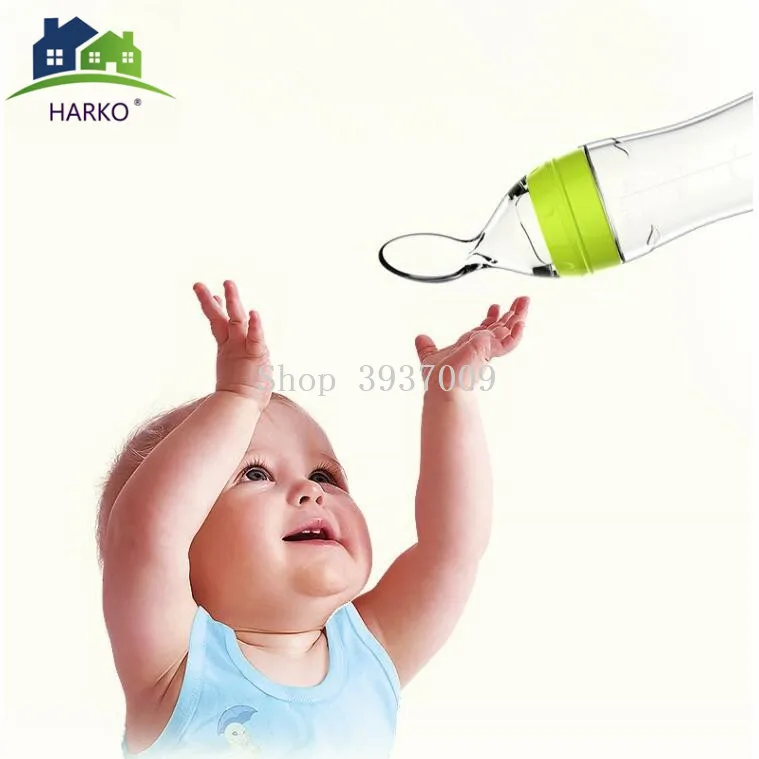
You can choose any convenient method of sterilization: using a special device (sterilizer), in a microwave oven, dishwasher, ordinary boiling. Read more about how to properly sterilize bottles in our other article.
It is important to ensure that the baby bottle you use is made of safe plastic that can be heated. Some types of plastic release harmful chemicals when heated. As a rule, information about the possibility of sterilization and heating is indicated on the packaging. If there is no such information, it is not worth the risk. Use special baby bottles from well-known manufacturers. For example, a Dino Reno feeding bottle with nipple can be sterilized completely by any of the listed methods.
How to prepare formula and feed your baby
- Wash your hands with soap and dry with a dry towel.
- Remove the bottle and nipple from the sterilizer using the special holder (tweezers), assemble the bottle with the nipple, being careful not to touch the part that will go into the baby's mouth with your hands.
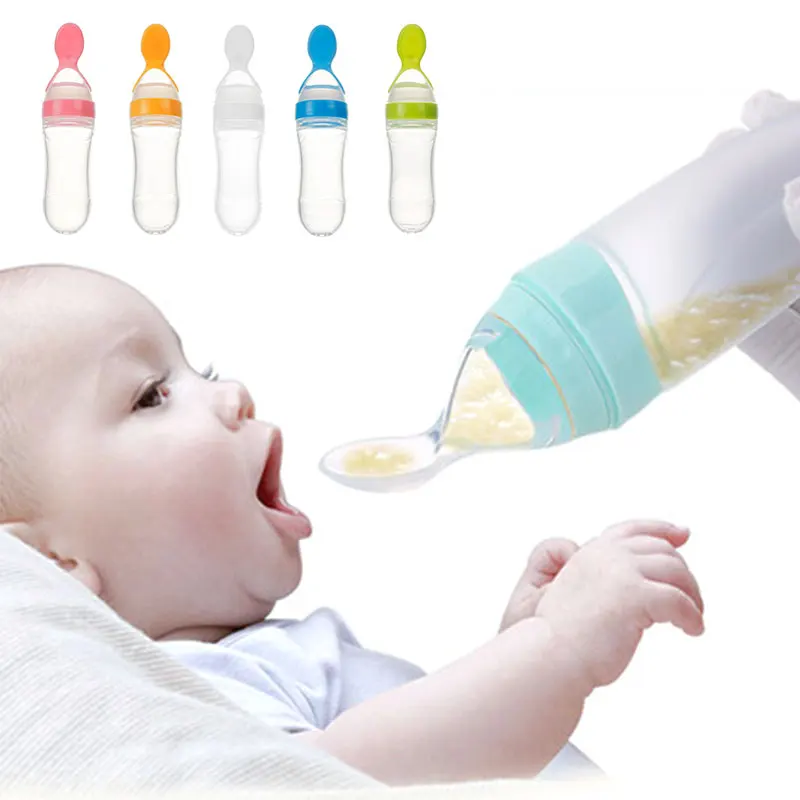
- Take boiled or special baby water heated to body temperature, dilute the mixture in the proportion indicated on the package.
- Use the special measuring spoon for preparation (it is included in each box with the mixture).
- Dilute the mixture strictly in the proportion indicated by the manufacturer. A thicker or thinner formula can harm your baby and cause stomach problems.
- Shake the bottle thoroughly to mix the contents evenly. Make sure that there are no lumps and clots left in the liquid and on the walls of the bottle.
- Check the temperature of the prepared mixture by dropping a little liquid on your wrist, it should not burn.
- Hold the bottle at the right angle. So that the tip of the nipple is always filled with milk and not with air.
- After feeding, hold the baby upright, let him burp the excess air.
- Feed your baby only fresh formula. According to the recommendations of the European Society of Pediatric Gastroenterology, Hepatology and Nutrition (ESPGHAN) of 2004, the reconstituted dry formula can be stored in a sealed bottle at a cool temperature for no more than 4 hours.


